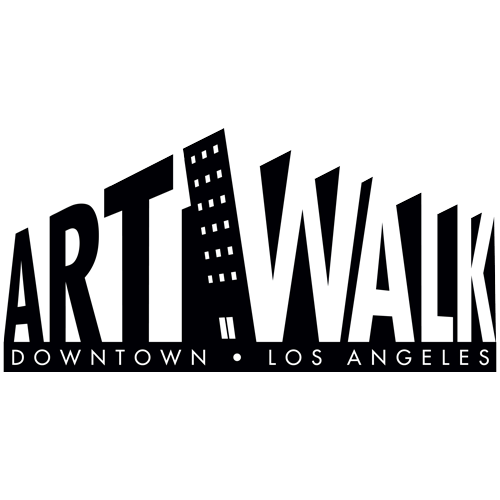When Dale Youngman saw the nascent growth of art advocacy in Downtown Los Angeles’ Historic Core in 2005, she saw an opportunity. It was a way to grow an art business on the back of her experience as a consultant and designer for a digital print production company. The timing seemed right.
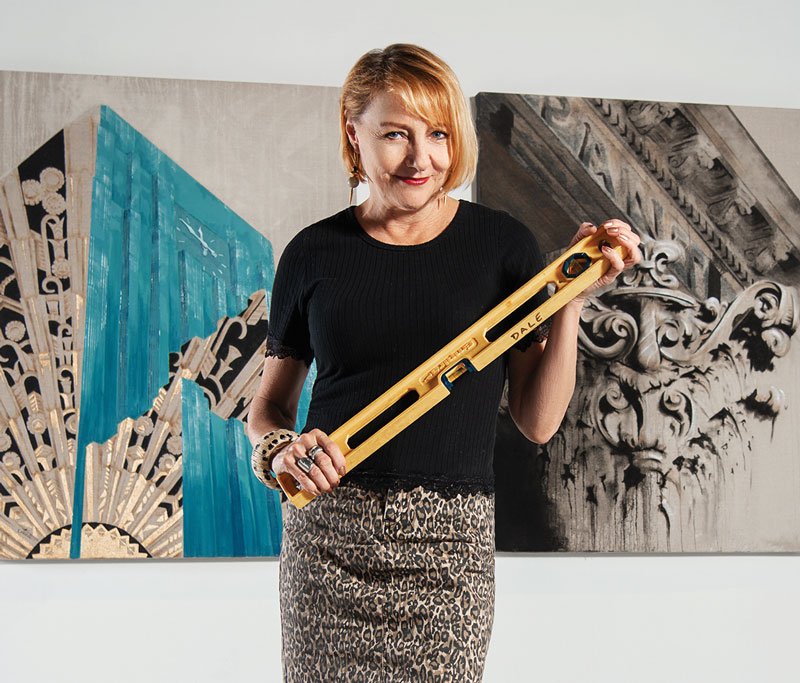
A plethora of vacant buildings in the decaying neighborhoods, not far from Skid Row, had attracted numerous artists seeking cheap rents. Several art galleries had appeared on the scene. The activity was also quietly luring developers who were seeing a slow but steady increase in the resident population.
Art-focused activity in the area was significantly boosted in 2003 when the city council designated Gallery Row as an official district within the Historic Core. The initiative was led by local artists Nic Cha Kim and Kjell Hagen as members of an arts advocacy committee within the larger Downtown Los Angeles Neighborhood Council. As hoped, the effort helped to nourish support for artists and art galleries.
By 2004, the Downtown Los Angeles Art Walk had been established thanks to local gallery owner Bert Green and others who saw it as a way to attract visitors from outside the area. The monthly event began to fuel interest in art happenings in the Historic Core, while eateries, shops, sidewalk vendors and others also benefited.
Dale Youngman took the plunge in 2005 and quickly put her savvy entrepreneurial instincts to work. Her first foray was as curator for the multimedia art installation and exhibition titled, “The Art of Burning Man” at the former Continental Gallery. This was followed by numerous curations for short-term, pop-up art events and longer exhibitions — for profit and charity. “My strength has been curating thematic group exhibits that have an interesting narrative,” she reveals.
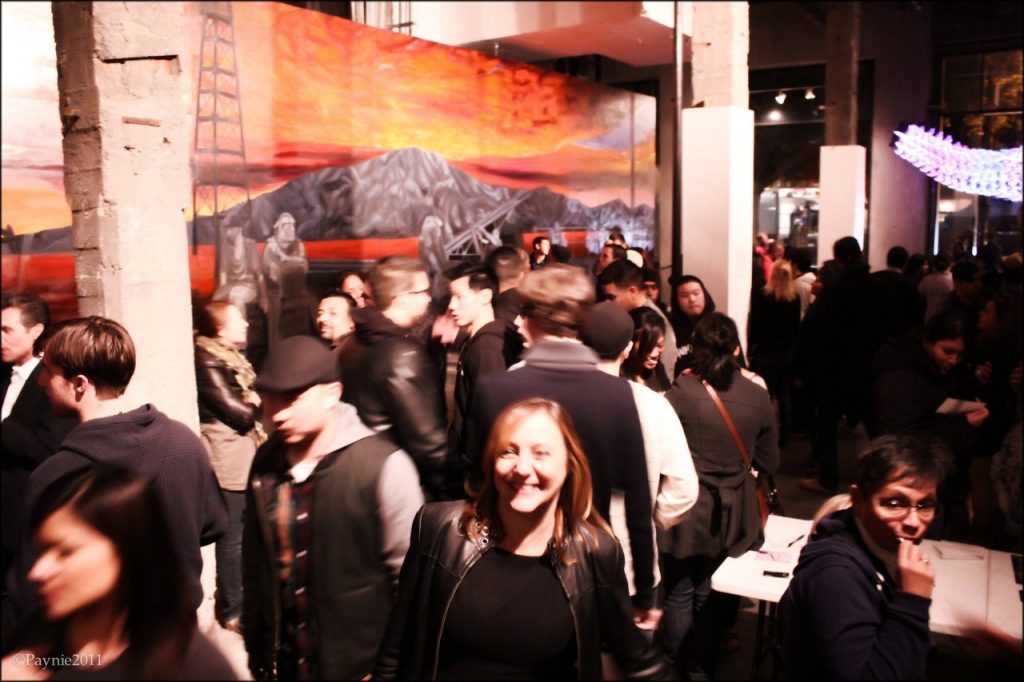
In 2006 she took over the Regent Gallery and decided to make a full-time business out of it, while also reaching out to the business community to make connections. “I started joining everything I could to be involved and meet as many people as possible,” she explains. She joined the Downtown Gallery Owners Business Group, the DT Neighborhood Council, the Central City Marketing Roundtable, and the Historic Core BID, an organization focusing on business improvements in the district.
She credits real estate developer Tom Gilmore for her success at the Regent Gallery, located in a building he owned. He gave her free rent, and as a collector of local artists, also became her client. “I would not have succeeded if I didn’t have that gift from Tom Gilmore.”
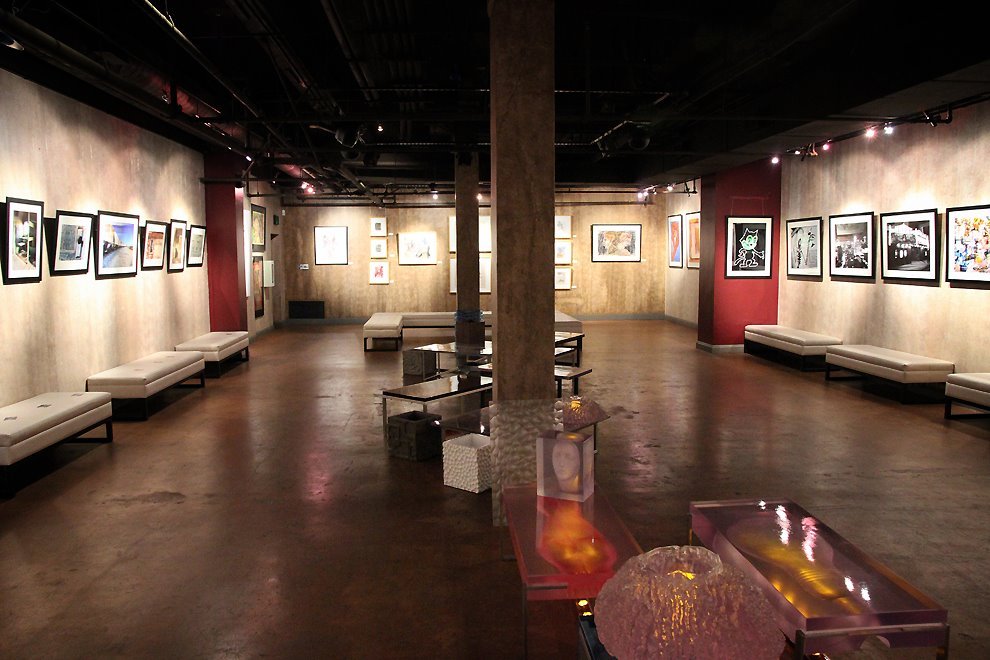
The art business is difficult, she says looking back. “Especially in Downtown being at that time in a state of growth and renewal. Galleries would sometimes open and close in under a year. The early adopters would get in there and think they would change the world, and then the world changed around them. And unfortunately, the rents also kept rising. This made it really difficult to survive.” She adds, “The concept of the starving artist hasn’t changed all that much. As the economy fluctuates, so does the success of most artists, and galleries.”
This predicament soon became a reality for Dale when the building was sold in 2007. Despite a change of name to The Dale Youngman Gallery and steady sales, the new owners in 2008 increased the rent and effectively pushed her out.
But she didn’t give up. “I had found something that I loved to do and stuck with it even though I didn’t have a backer.” She adds with a laugh, “I’ve been told I’m the persevering type.”

During the next five years she volleyed between organizing pop-up events in Downtown (including for the Downtown Los Angeles Art Walk); guest curating at spaces such as Ren Gallery, Angel City Brewery Gallery, and the Last Bookstore Mezzanine; and director/management stints at Art Share LA gallery, Terrell Moore Gallery, and BOA Art Gallery in Beverly Hills, among others. “Downtown was in such a state of flux during this time,” she explains. “I was doing all of this because [the galleries] kept closing or changing.”
By 2012, though, she was ready for a change of pace. “I started working independently on my own in my dining room doing artist marketing and management.” Tom Garner and Clara Berta, both Downtown artists, are among the first she represented and remain working with her today.
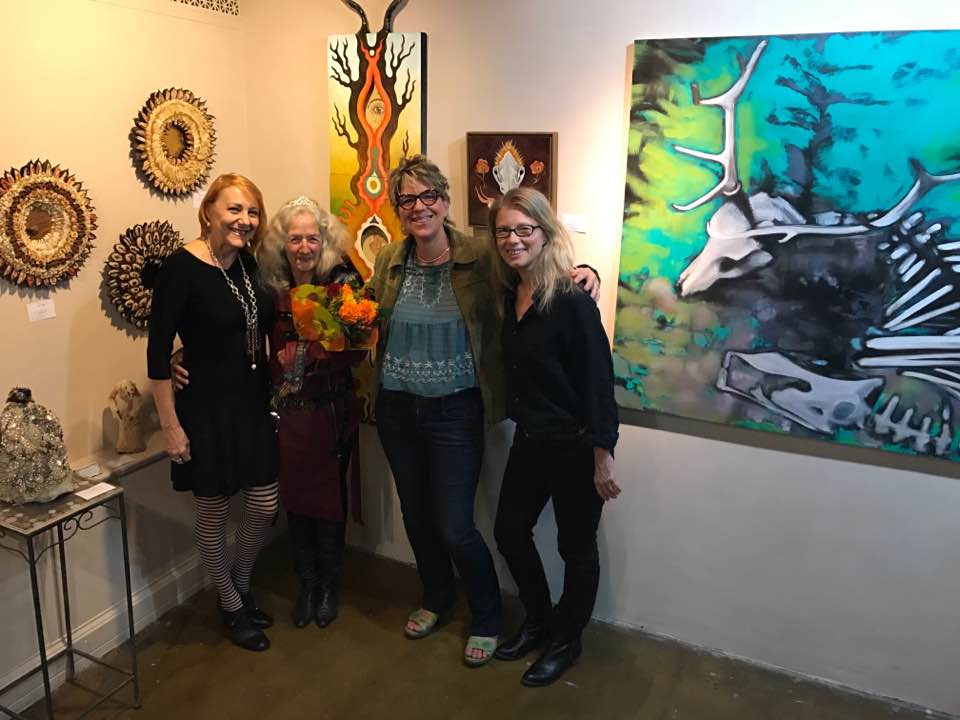
Amidst all this, her hard work and dedication to developing Downtown’s art community was recognized. She became a two-time recipient of the Certificate of Recognition (in 2008 and 2015), awarded by Los Angeles City Council member Jose Huizar who represents the district.
In April of 2019, though, her 15 years in Downtown came to a close when she accepted the position of Gallery Director and Curator for Castelli Art Space in Culver City. “I may have moved slightly west, but I’m still connected with the Downtown artists and will continue to show their work in our exhibitions.”
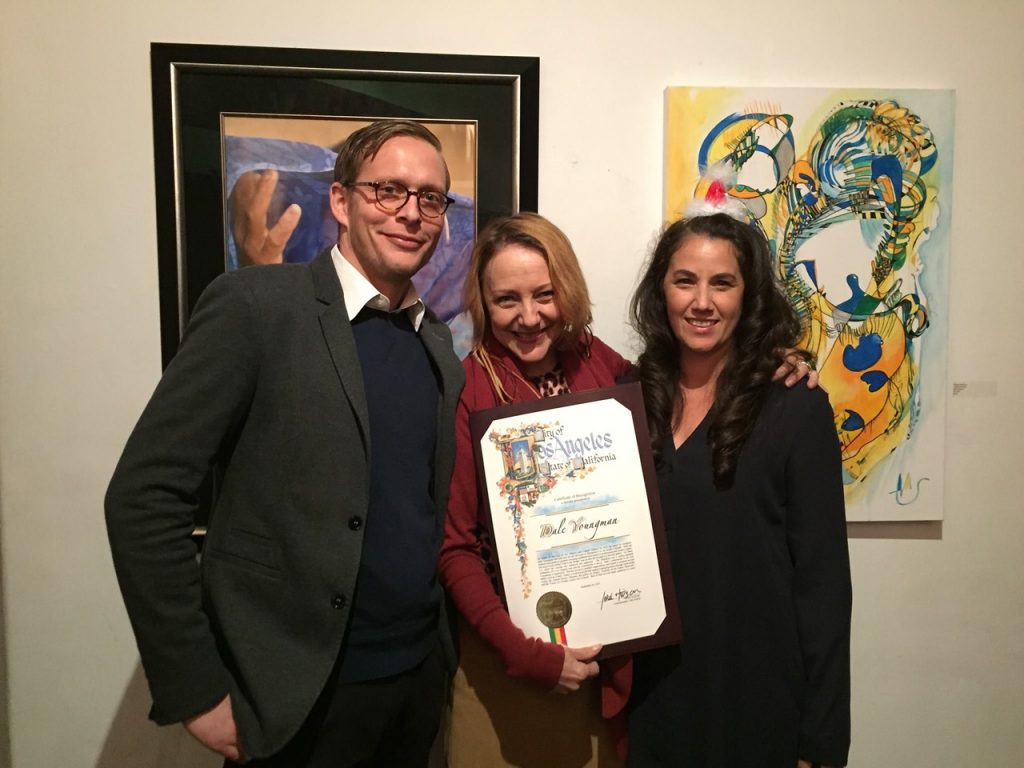
Similar to her Downtown curations, Dale is designing her Castelli shows as group exhibitions centered on specific themes. “I come up with a story and design the show with related works.” Her next exhibition, “The Auto Show” will feature works with a car theme — contemporary, classic and exotic — highlighting LA’s obsession with the automobile. “The show will be open during the upcoming auto convention,” she adds, with smart marketing in mind.
“Fred Goldstein, the owner of Castelli has given me complete autonomy,” she says. “I’ve been given the wonderful opportunity to build something and create successful gallery showings of contemporary local artists.”
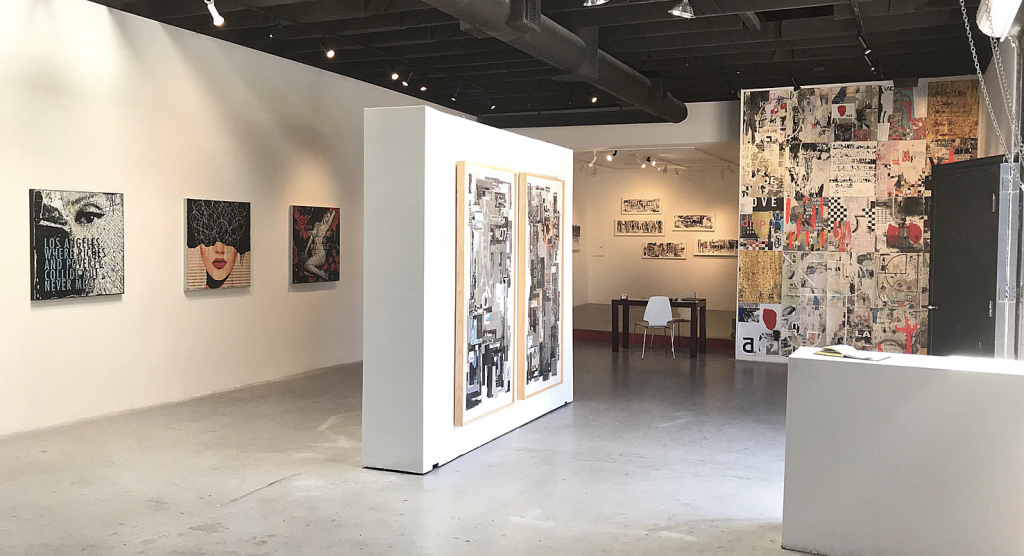
And yet, Dale still can’t forget those many financially unpredictable years in Downtown. “I hate to say it, but I’m preparing for a recession and wondering what I’m going to do next. Is this gallery going to remain open, or will sales decline? Will the owner close the space and do something else with it?”
She cites The Hive Gallery, Gloria Delson Contemporary Art and LACDA (Los Angeles Center for Digital Art) as the few galleries in Downtown that have remained open through it all. “The reason those galleries have been around for so long is that they have what we call a non-traditional model. They generate income in ways other than just through sales,” she explains. This could include customized service, art staging, art rentals, and charging artists a fee to show their work. “Gallerists are always trying to come up with additional income streams.” She adds, “In my case I was involved with a lot of different things in order to accumulate the nickels needed to pay my rent.”
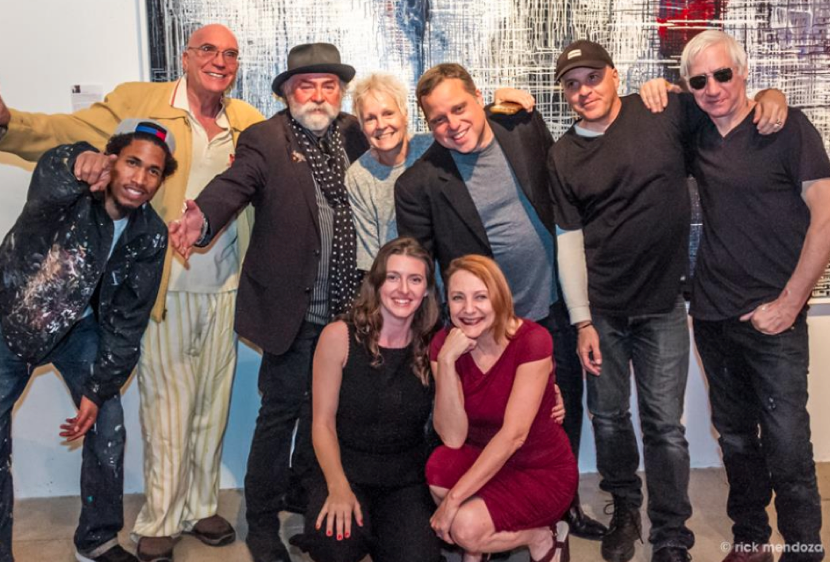
To succeed as an art consultant, Dale recommends diversifying. “You want to work for commercial clients, not just individuals. Attract interior designers, architects, developers, and have a number of artists who will do commissioned work.”
She suggests trying art rentals and leasing as an option. “Work with a hotel or restaurant or large commercial building where you can rotate art and lease it.” At the Hollywood Park Casino, one of her former long-term clients, she had arranged a lease agreement for artworks that she would rotate every three months. “I’d get a fee to curate the work and install it, and then pay the artists a fee as well, so they would also earn some income. If you can work out things like that with commercial clients, then you have a shot at making a living during periods of slower sales.”
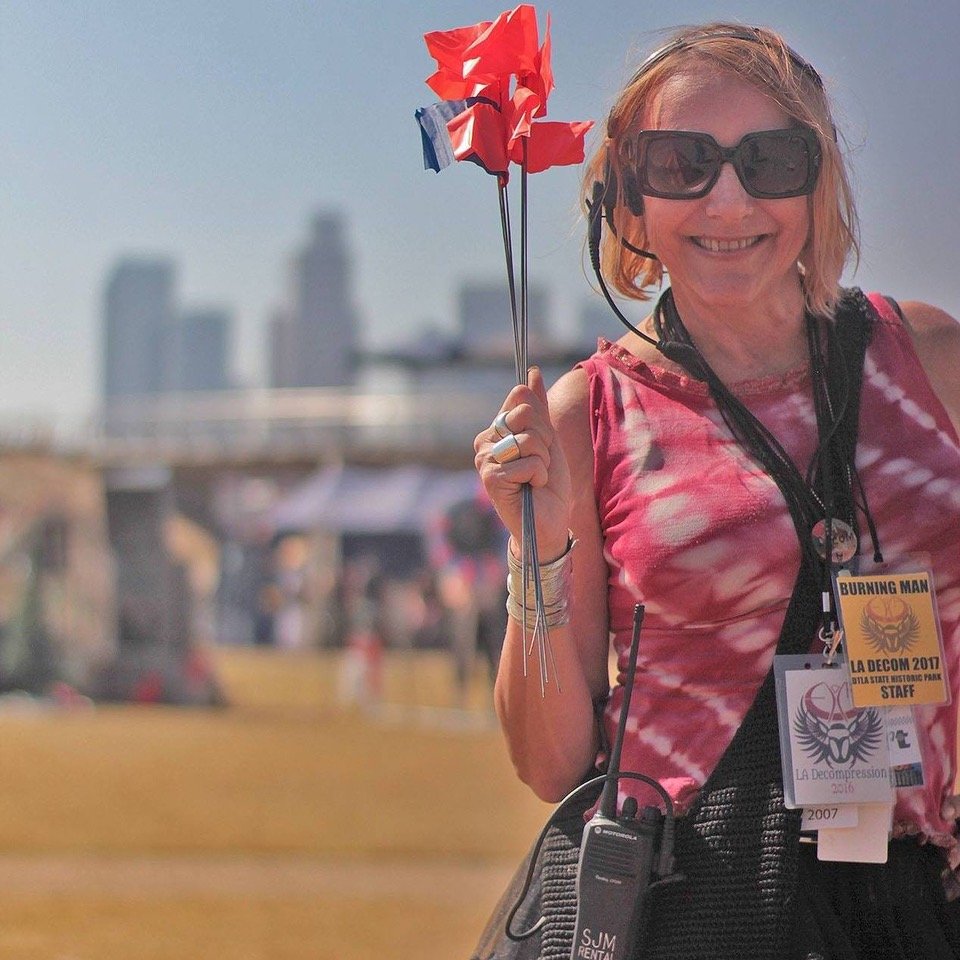
Making a living selling art remains the mainstay of her business. “I prefer selling to people who are passionate about art, and who resonate with the work. Not a buyer who wants something blue to go over their couch, although working with decorators, that is often exactly what they need!” She adds, “Finding incredible art is easy. The challenge is finding the right collectors.” Surely, given her remarkable perseverance, the right collectors will be finding her.
+++++++++++++++++++
Written by: Lucy Birmingham
Featured image by: Toma Kostygina
For more info:
www.daleyoungman.com
